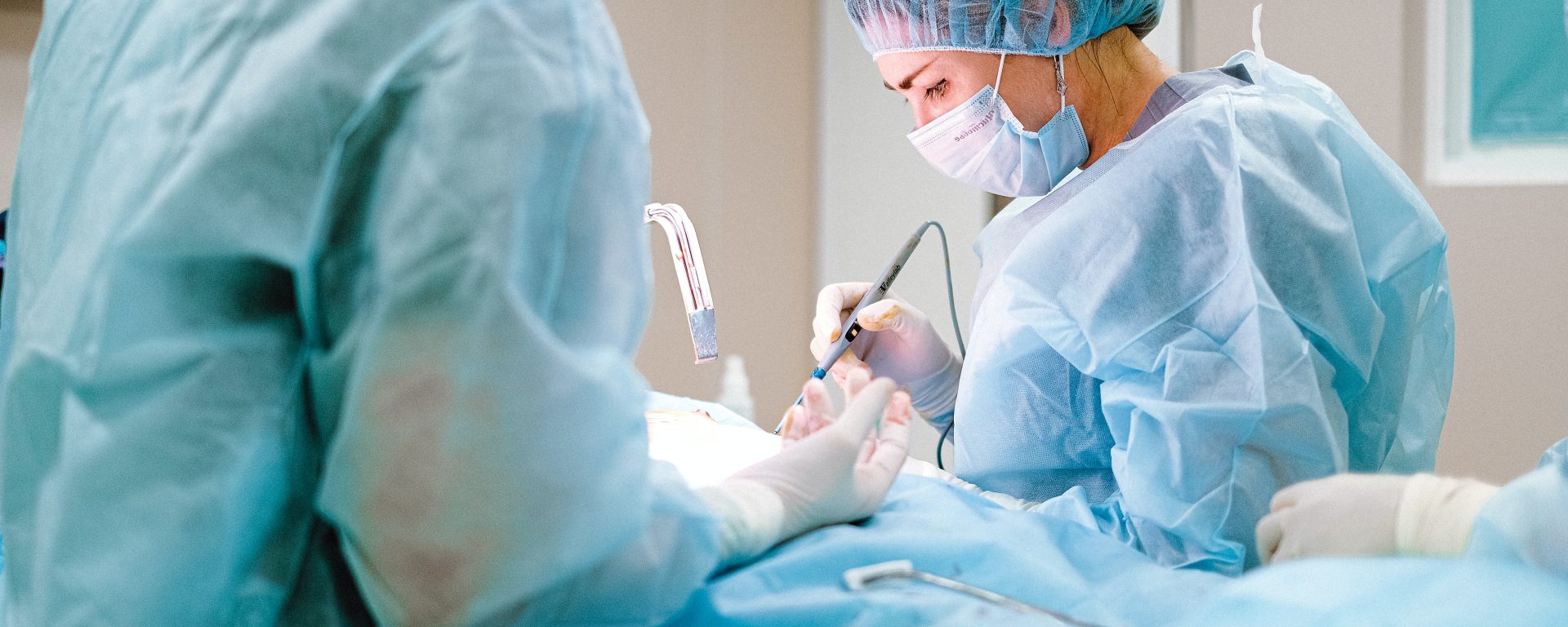Cardiac surgery, a life-saving medical procedure, often comes with its share of physical and emotional challenges for patients. In 2012 groundbreaking study led by Lesley A. Braun, et. al., the potential benefits of massage therapy for cardiac surgery patients were explored. The study aimed to investigate whether massage could significantly reduce anxiety, pain, muscular tension, and enhance relaxation compared to a period of rest after surgery. Additionally, the study assessed the feasibility of administering massage therapy and its effects on vital signs, such as heart rate, blood pressure, and respiratory rate, as well as patient satisfaction.
The study involved 152 elective cardiac surgery patients who were randomly assigned to either receive massage therapy or an equivalent period of rest at two different points after their surgery. To measure the outcomes, visual analog scales were employed to assess pain, anxiety, relaxation, muscular tension, and satisfaction. The team also monitored heart rate, respiratory rate, and blood pressure before and after the treatment. Furthermore, qualitative data was collected through focus groups and feedback to gauge the clinical significance and feasibility of massage therapy.
The results of the study were nothing short of remarkable. Patients who received massage therapy experienced a substantial reduction in pain (P = .001), anxiety (P < .0001), and muscular tension (P = .002). Simultaneously, they reported higher levels of relaxation (P < .0001) and satisfaction (P = .016) compared to those who underwent rest. While there were no significant differences in heart rate, respiratory rate, and blood pressure between the two groups, the reduction in pain was particularly noteworthy, with significant improvements observed on day 3 or 4 (P < .0001) and day 5 or 6 (P = .003) following surgery. In contrast, the control group experienced no significant change during these timeframes.
The anxiety levels (P < .0001) and muscular tension (P < .0001) in the massage therapy group showed significant reductions at both assessment points. Furthermore, relaxation was notably improved on day 3 or 4 for both groups (massage, P < .0001; rest time, P = .006), but only massage therapy proved effective on day 5 or 6 (P < .0001).
Notably, the involvement of nurses and physiotherapists played a crucial role in facilitating the delivery of massage therapy on the ward. Their observations of patient improvements underscored the value of this approach in post-cardiac surgery care.
In conclusion, this study provides compelling evidence that massage therapy can significantly alleviate pain, anxiety, and muscular tension while promoting relaxation and patient satisfaction following cardiac surgery. These findings open up new avenues for enhancing the overall well-being and recovery of cardiac surgery patients, highlighting the potential benefits of integrating massage therapy into postoperative care protocols.
Reference: Braun, L. A., Stanguts, C., Casanelia, L., Spitzer, O., Paul, E., Vardaxis, N. J., & Rosenfeldt, F. (2012). Massage therapy for cardiac surgery patients—a randomized trial. The Journal of thoracic and cardiovascular surgery, 144(6), 1453-1459.
